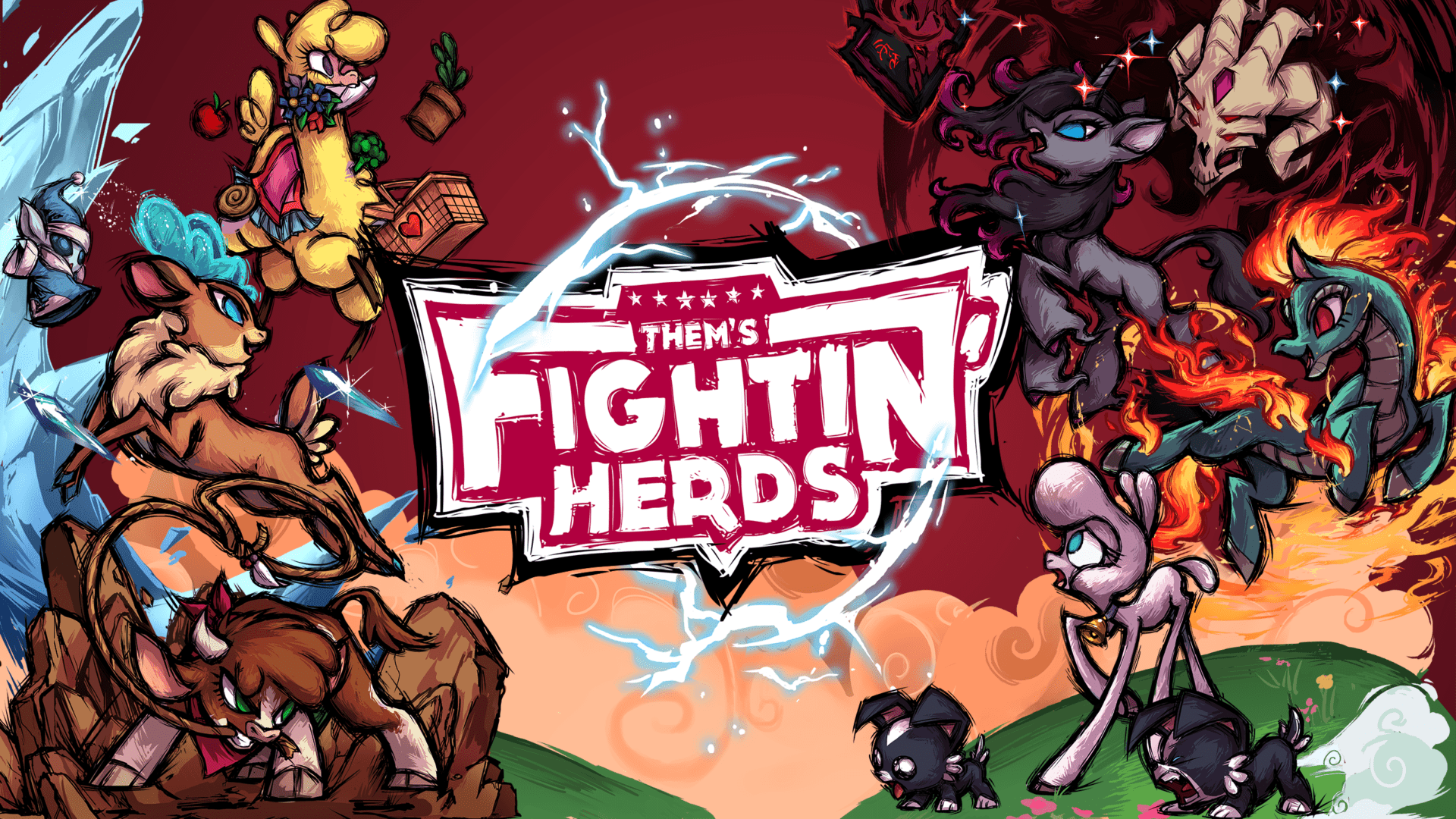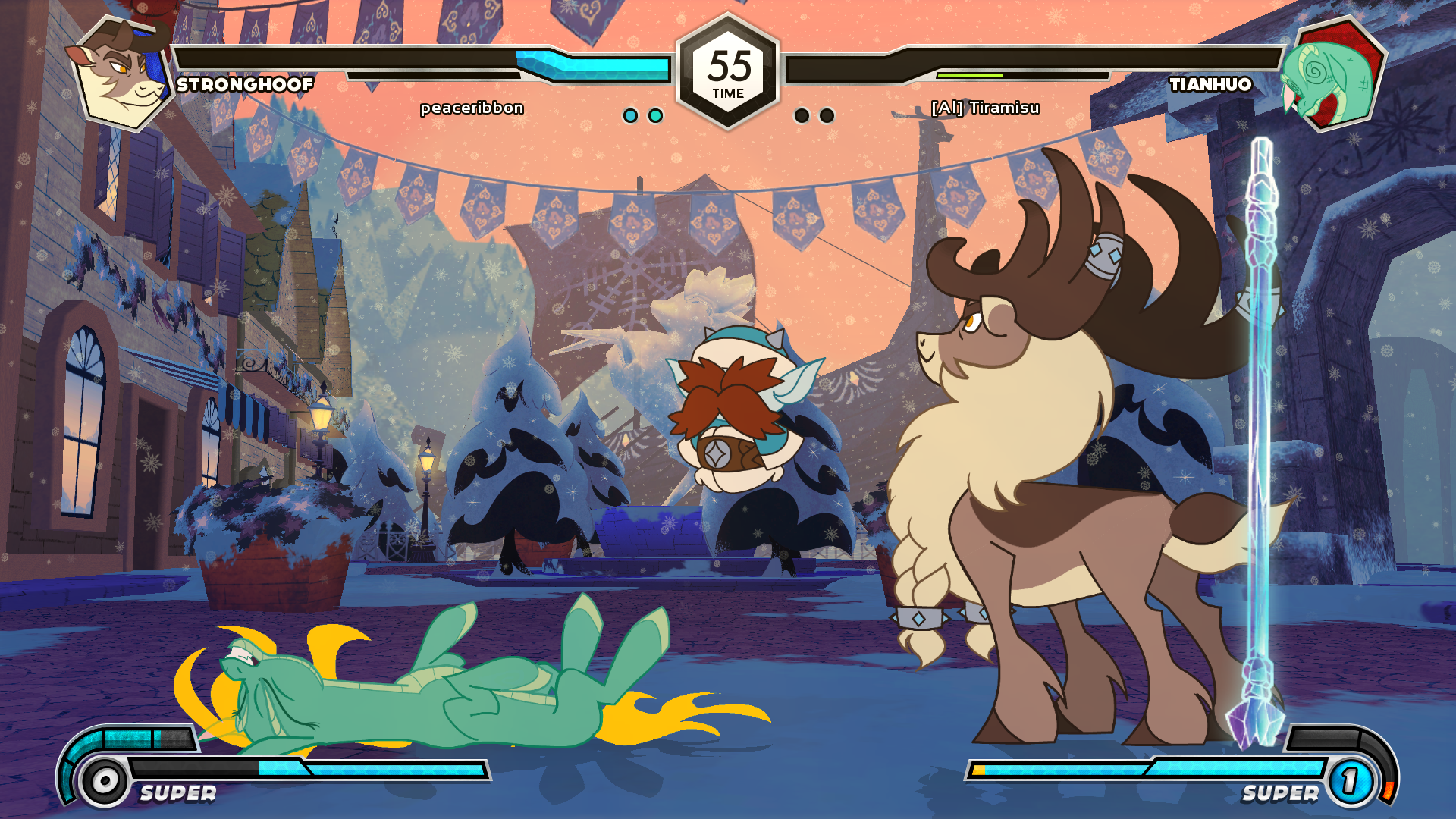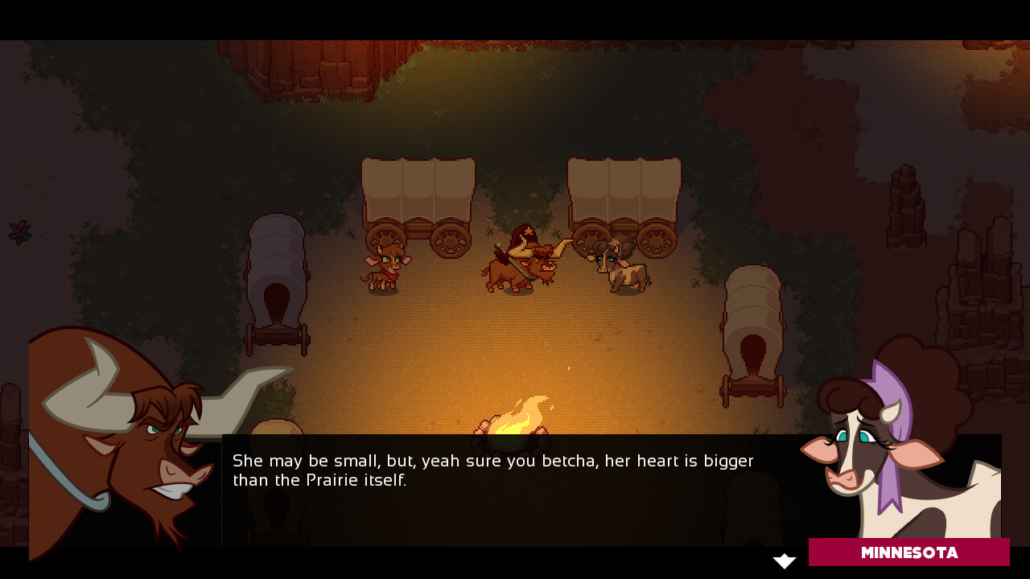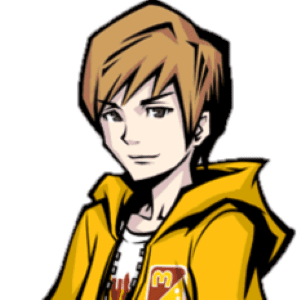Today’s article is a Patreon-requested review selected by generous donor and fellow CGR writer KAMaximilianK. Please consider becoming a dedicated $10/month follower if you would like to make a request of your own!
The fighting game genre is an infamously difficult space to find a niche in, and it’s not hard to see why. While fighting game players tend to be more than happy to dabble in all kinds of games from small indie titles to EVO mainstays, the underlying factor in their willingness to explore is the insane standard of quality games in the genre have to live up to. Juggernauts like Street Fighter, Tekken, and The King of Fighters with their painstakingly tuned gameplay systems and balance combined with cutting-edge graphics and detailed art direction have set an extremely high bar, which is only going to get more restrictive as live service updates warp the modern consumer’s expectations for the genre. Of course there are many smaller projects which have captured small but dedicated fan bases by leaning into their own strengths and polishing their game to whatever degree is available to them, but today’s fighter is in many ways a grim reminder as to why fighting games stand amongst the most risky genres you can foray into. So yes, we are in fact going to take the everything-but-ponies game seriously today.

Developed by Mane6, published currently by Maximum Entertainment, and released in April 2020, Them’s Fightin’ Herds is a cartoon quadruped clashing game available on PS4, PS5, Xbox One, Xbox Series X, Nintendo Switch, and PC. Its premise involves a number of different herbivorous tribes’ nominated champions fighting to obtain the key to saving their world from invasion through one on one duels. Players interact with the game mostly through combat, but the story mode also offers opportunity for visual novel reading and platforming. Please note that I played the Steam version of the game for this review.
Talking about the story of Them’s Fightin’ Herds is a bit difficult to say the least. The story takes place in the land of Foenum, and primarily follows the tale of the Champions. Once upon a time predator animals caused the prey to live in fear, so they were sealed away in another dimension. In the present day shadowy predators have begun to be sighted once again, so all the tribes of Foenum nominate Champions to seek out the Key necessary to reseal the predators and bring peace to the land. If that felt like a rather truncated summary, it’s because the premise is all we really have. Chapter one of the story mode, following Arizona the Cow, is a serviceable tale which helps to lay out breadcrumbs of lore for the rest of the story, but the problem is that the rest of the story straight up does not exist (or at least, it was never implemented into the game). Some light worldbuilding is all we really got out of the narrative, and most of the playable characters don’t even appear in the one chapter we got. Sadly I’ll be rating the story at the lowest score possible not because it’s poorly written, but because there’s simply not enough story to judge.
Moving along to the gameplay, Fightin’ Herds is a traditional 1v1 2D fighting game where all the basics of the genre apply. Maneuver about the screen, play neutral to land your confirms, do some combos, block the mixups, repeat until someone’s health runs out. This game in particular uses four primary buttons: light, medium, heavy, and magic. The former three work about how you’d expect them to, while the magic button draws upon each character’s unique resource bar to perform special actions exclusive to them. Arizona for example uses her magic button to lasso enemies to gain stocks of her special meter, which she then combines with special move inputs for empowered skills. The magic button definitely has more restrictions placed on it compared to fighting games with similar systems such as Blazblue’s Drive, but it does lend itself to a more tactical style of play. As for how the game feels to play overall, Mane6 as a development studio was mostly staffed by existing fighting game players so you can definitely feel the influence of popular titles in its design. In particular the special canceling and combo structure feels like a 1v1 version of the various Capcom VS games and the many games inspired by them. Once you have a basic grasp of your character’s moves it is surprisingly easy to freestyle with them, and it feels great.
The various champions you can play have a great deal of variety to them as well. Arizona makes for a great beginner-friendly rushdown character with her initially limited but effective toolkit, which only grows more versatile as you learn how to properly space her lasso grab and how to use the magic meter it generates. Pom the Sheep on the other hand is an incredibly technical puppet character who coordinates with an army of border collies to smother her opponents in fluffy mixups, and offers a lot for the execution freaks out there. My personal favorite is the DLC character Stronghoof the Reindeer, whose special moves leave lingering weapons to reactivate for varied combo routes and neutral play similar to something like Guilty Gear’s Bedman. There is definitely a character in this roster for you if you search around for it, so don’t be shy about labbing till you find one that clicks.

On the flip side though, there are ways I think the game feels a bit awkward to play. Make no mistake that I think the game’s execution on a roster with no bipeds is an impressive proof that anything can be a fighting game if you try hard enough. Unfortunately Them’s Fightin’ Herds also kind of proves to me why humanoids are generally the way to go for these kinds of games. While attacks in fighting games have always been visually fast enough that you can have trouble keeping up with them, Herds characters lack the physiology to make super clear wind-ups for their strikes. This is also compounded by the fact that attack hitboxes extend further past the characters’ physical bodies, and while this is true of most fighting games I can’t help but feel that the psychology of it all is tougher to swallow when it’s not humans. The whole reason I primarily play Stronghoof is that his large sprite and summoned ice weapons feel way more natural to fighting game animation over all, and maybe if I spent more time with the game this would be less of an issue but as of now it’s still not terribly comfy.
Outside of the main modes of play, the story mode features a few unique features such as a navigable pixel art world, platforming challenges, battles against simple predator enemies, and unique boss fights against super powered versions of the playable characters. The platforming challenges are certainly much stiffer to control with a fighting game character than a dedicated platformer, but it’s hard not to recognize that those sections are in fact teaching you precise control over your character, and especially ingraining the power of the super-jump, so I like them overall. As for the predators and boss fights, the gameplay similarly uses these to check your knowledge of different mechanics in an interesting way, but these are sometimes made needlessly difficult for beginner players by having damage carry over between battles. I understand that Herds is going for an emulation of classic action adventure games to help onboard newer players, but you can legitimately run into scenarios where you just have to fight something on low health and either sink or swim. This isn’t to say that beginners shouldn’t play story mode or anything, but I would recommend they play on the lowest difficulty unless they’re looking for a challenge. Overall a very interesting mode of play and it’s nice to see the game push itself to include a legit single player experience, but it could have been so much more if it had been given time to be fleshed out and balanced a bit.
Presentation wise, it is basically no secret that this game is essentially a legally distinct My Little Pony fighting game made by Brony fighting game enthusiasts and one of the main creatives behind the original show, Lauren Faust. I have never seen any episodes from said inspiration personally, but I am aware of its artstyle as being from that era when cartoon animators were really playing around with early computer interpolation, and having seen Them’s Fightin’ Herds in motion I can say that it really captures that style well. Animations are smooth and bouncy in a way that makes it feel like later 2.5D fighter animation principles were stuffed into a 2D space, and the characters are very expressive. A big stand out for me was the boss fight against Velvet, where in the final phase she’s constantly peeking out of a giant blizzard to launch attacks and laugh when you get hit, and it just oozes charm. Environments are also colorful and pleasant to look at, even if a little static compared to its contemporaries. My main complaint about the less readable attacks still counts against the game overall, and I’d be remiss if I didn’t mention how Oleander has this very annoying quirk where they went through the trouble of animating her book crawling back to her when she gets hit only for it to not be an actual weapon-flip (thus awkwardly teleporting back to her when she makes an attack) but I’ve probably said enough about that at this point.

As for the game’s music, it’s actually got quite an impressive trick up its sleeve. The core of any fighting game soundtrack is the character select menu theme and the character themes, and Fightin’ Herds innovates on this by making all of it context dependent. When hovered over/selected on the character select screen the music in the background changes instrumentation and even melody to a tune befitting the characters, and while each stage has its own preset song the instruments used to perform it change based on the fighters involved in the battle. This design choice single handedly transforms the game’s musical soundscape in a way that is seriously unique, and the integration of gameplay and presentation here is astounding. The only real drawback to this is that you have to actively switch stages and characters to change the music, but I’ve always believed that a game being able to engage you with all its systems in an interesting way is always a plus. From folk violin to country rock to Christmas-y bells and more, there is a lot to take in!
So that’s basically all there is to say about Thems’ Fightin’ Herds as it exists. The question now is… why is there so little to say here? Well I’m not going to bore you with the full story, but after a very successful crowdfunding campaign the game immediately hit a ton of staffing and management issues that dragged out development far longer than it needed to, and though they eventually secured a publisher to help out with their problems, said publisher directed the project towards ends that didn’t help the game get the core features people expected of it. If you’re interested in hearing all the little details and theories about the game’s development there’s a short video on Youtube by the user PurrsianPlays which goes over all this, and project manager Aaron Stavely even left a comment on it confirming that the game’s first publisher, Modus, never helped them get resources for the game’s story mode.
What looking into this history showed me was that the game’s development team had a clear vision for its future dependent on story mode’s completion, but ultimately was constantly driven to squander their time focused on DLC characters, platform ports, and level 3 supers. The former two additions were certainly nice for fans of the game but ultimately felt like a highly profit-driven move, and the level 3 supers come up so rarely in gameplay due to the relatively slow meter gain that I find myself endlessly confused by the effort put into realizing them. Them’s Fightin’ Herds was clearly positioning itself to be a kind of successor to the Brony era of MLP, but for it to have captured that audience it needed to lean into the parts of itself most directly tied to said show: the story mode written by Faust. Of course the story mode is a free feature so in the end it surprises me little that it got buried under the other endeavors, but it came at the expense of everything its target audience was holding out hope for.
In light of all this, I think the moral lesson we can learn from this game actually has everything to do with the game’s publishers, as they teach us the ruinous consequences of profit chasing. The faith has always been very clear about the dangers of chasing monetary gain over sanctifying virtue, and in fact it was the siren song of wealth that resulted in The Passion. Don’t get me wrong, you’re certainly not evil for trying to make money in a society where money is the difference between stability and starvation, but there is evidently a line that when crossed can warp these good intentions into something foul indeed. The father who puts in long hours to feed his family is laudable indeed, but if you were to learn that these hours come at the expense of spending genuine time with his children and wife or skipping out on important community and church functions, do we not all know deep down that such a fixation will rob the father of the most important parts of his vocation? Let us learn from mishandled projects like Them’s Fightin’ Herds to never lose sight of those things that make our lives worth living, those things which we ought to orient ourselves towards by our very nature. It may not be the easiest thing to accomplish in this world which seems to do everything in its power to make us forget such an eternal truth, but it is ultimately the only way to truly fight back against modernity’s relentless pressures. “Ye foolish and blind, for whether is the greater: the gold, or the temple that sanctifieth the gold?” (St. Matthew 23:17, Douay-Rheims Ver)
In summary, Them’s Fightin’ Herds is in a bit of an unfortunate state to say the least. From a strictly mechanical perspective the game plays just fine, and if you’re the sort of fighting gamer who loves cutting their teeth on new games for their intrinsic beauty then you might get something great out of learning the game with friends. If you were looking for a more holistic experience with fully complete features and delivery on all of the game’s biggest promises however, you might find yourself as frustrated as the people who backed it probably are. If everything-but-ponies is the game that’s going to make you a fighting game player then yeah, it’s cheaper than most mainstream titles and throws hands with the best of them, but I wouldn’t be surprised to see you moving along to a more popular (and finished) game once you’ve gotten hooked. I honestly feel a bit bad that I can’t say more positive things about the game, but such is life in a genre as crowded with quality as this one.
Scoring: 72%
Gameplay: 4/5
Story: 1/5
Art and Graphics: 4/5
Music: 5/5
Replayability: 4/5
Morality/Parental Warnings As a fighting game, Them’s Fightin’ Herds largely centers around combat and as such you can expect the characters to beat each other up a lot. The game is a very cartoony one and doesn’t feature any humans though, so you may find it more approachable than similar titles. All characters also feature a magic meter that allows them to perform special actions, however the game makes it explicit that some characters don’t really use magic. Arizona’s magic meter for instance actually just represents her motivation to go for a big maneuver. There are also plenty of characters who do use magic though. While most are just innocuous fire kicks and icy winds, Oleander is straight up in a pact with a demon named FHTNG for her dark magic powers, and she has deluded herself into thinking she can drive that power towards good ends. Beyond these though, the game’s script is clean of swearing and the like, and thankfully none of the infamous sexual dark side of Brony culture is anywhere in sight.
